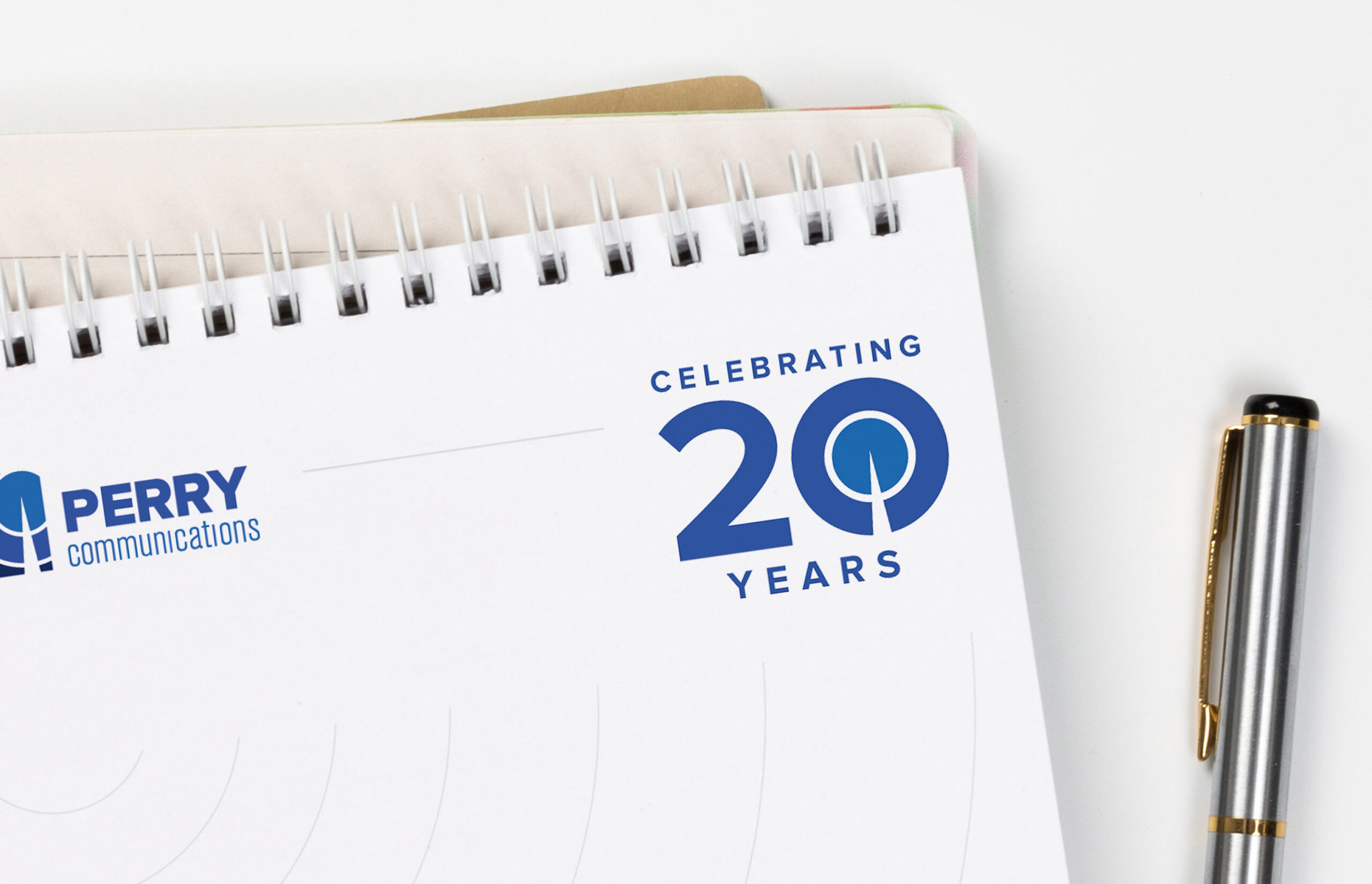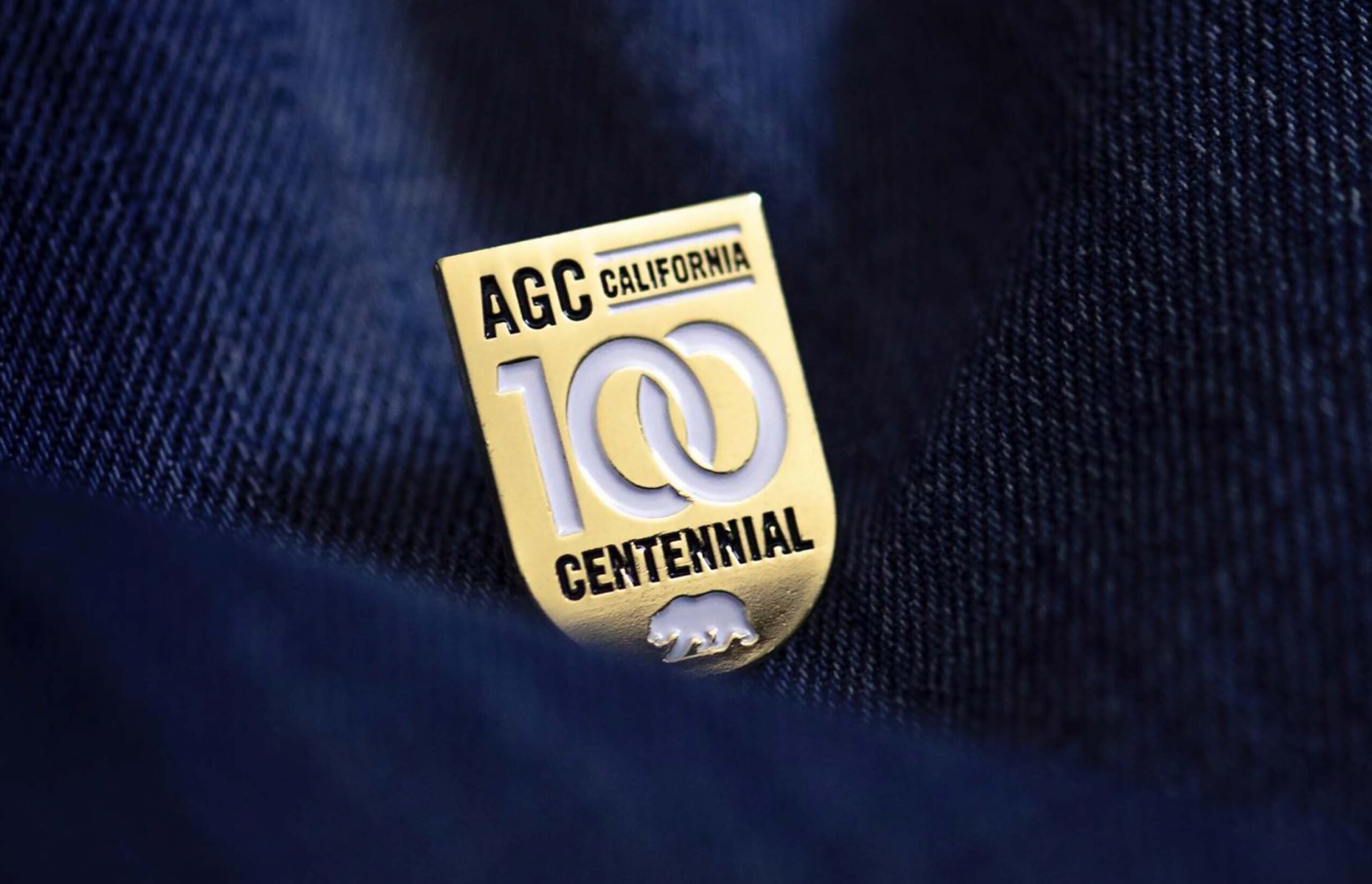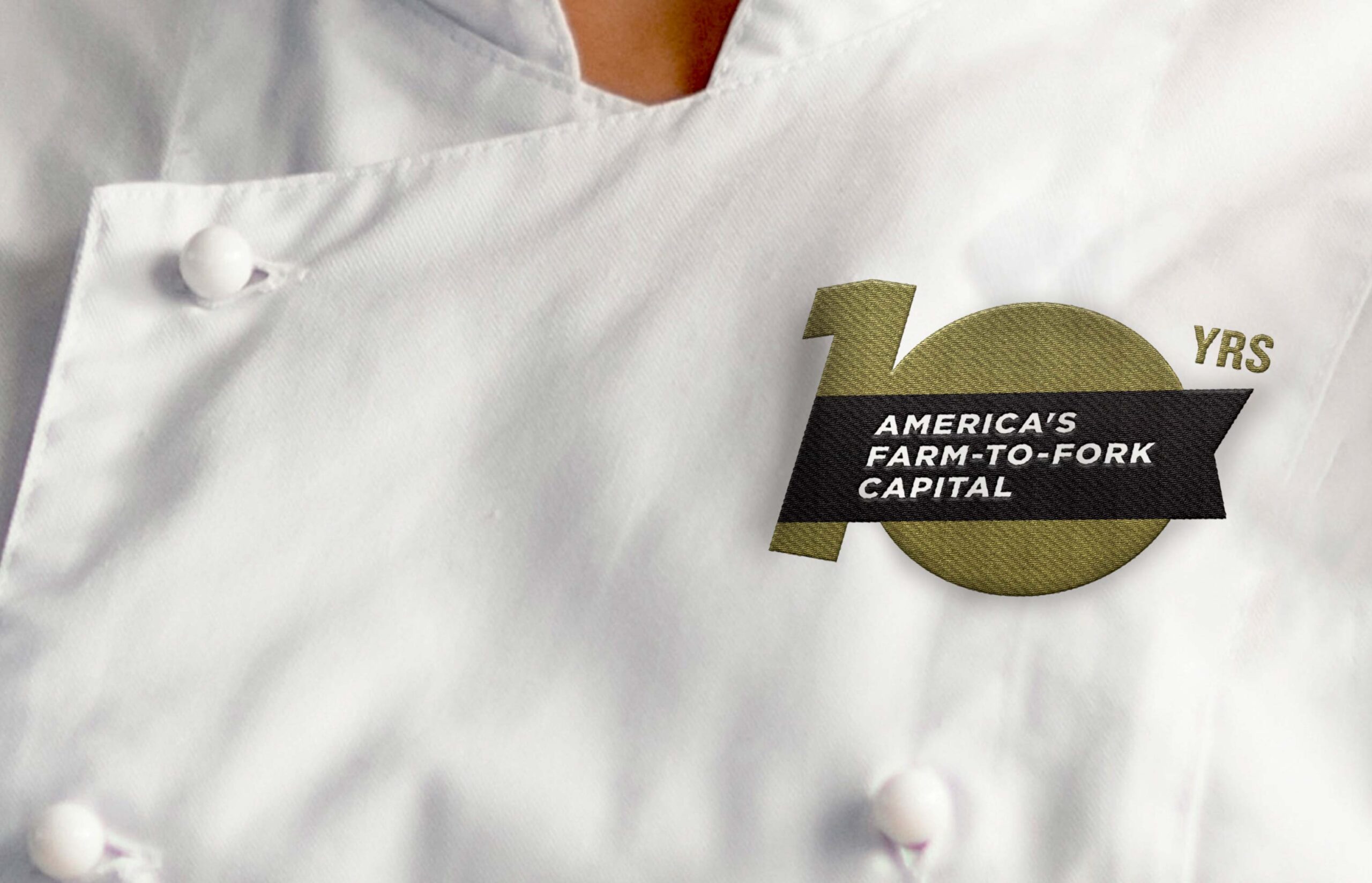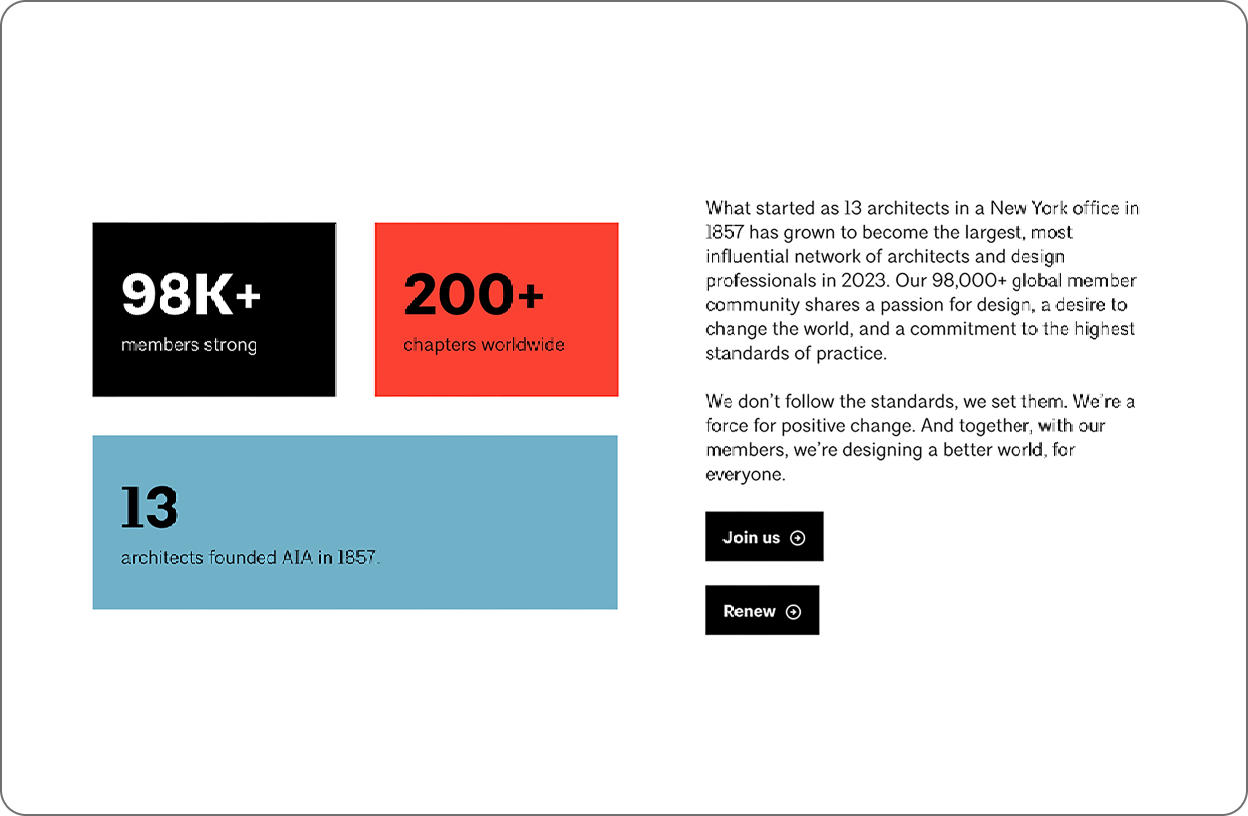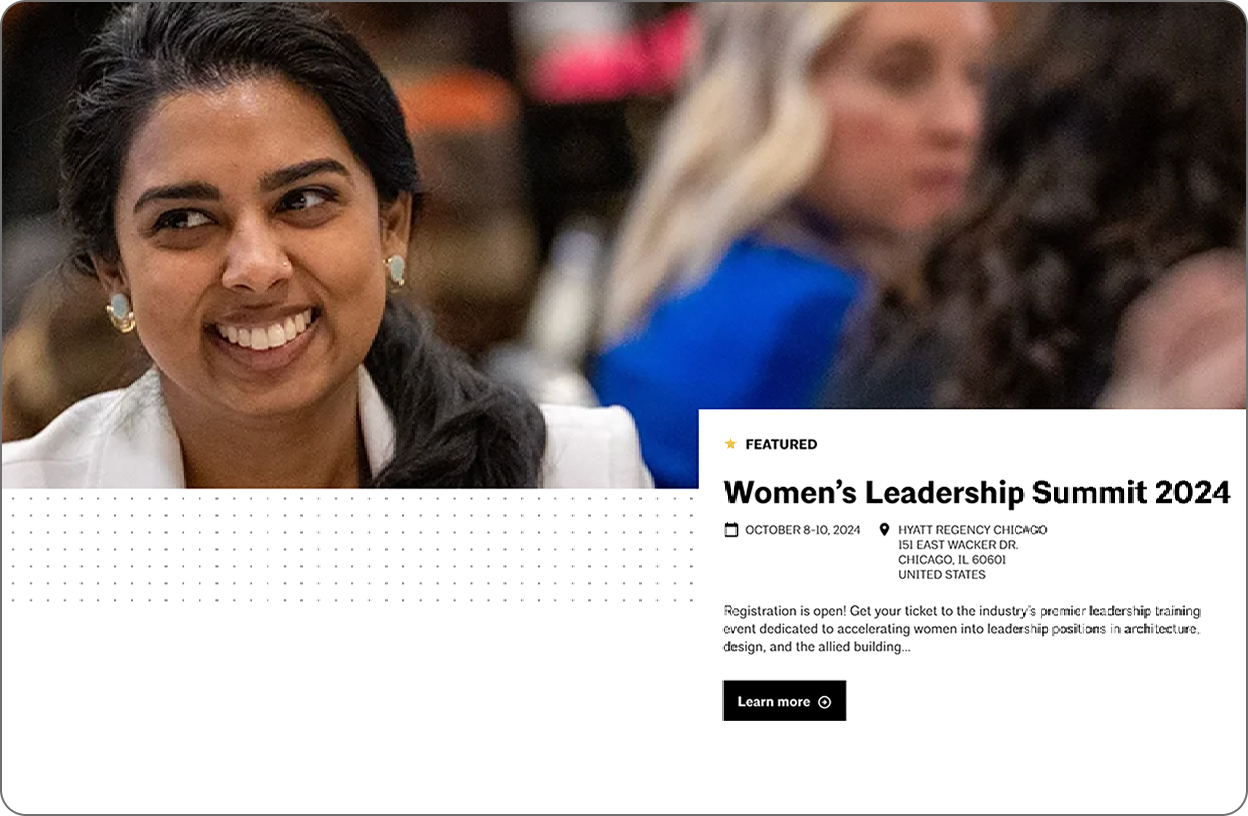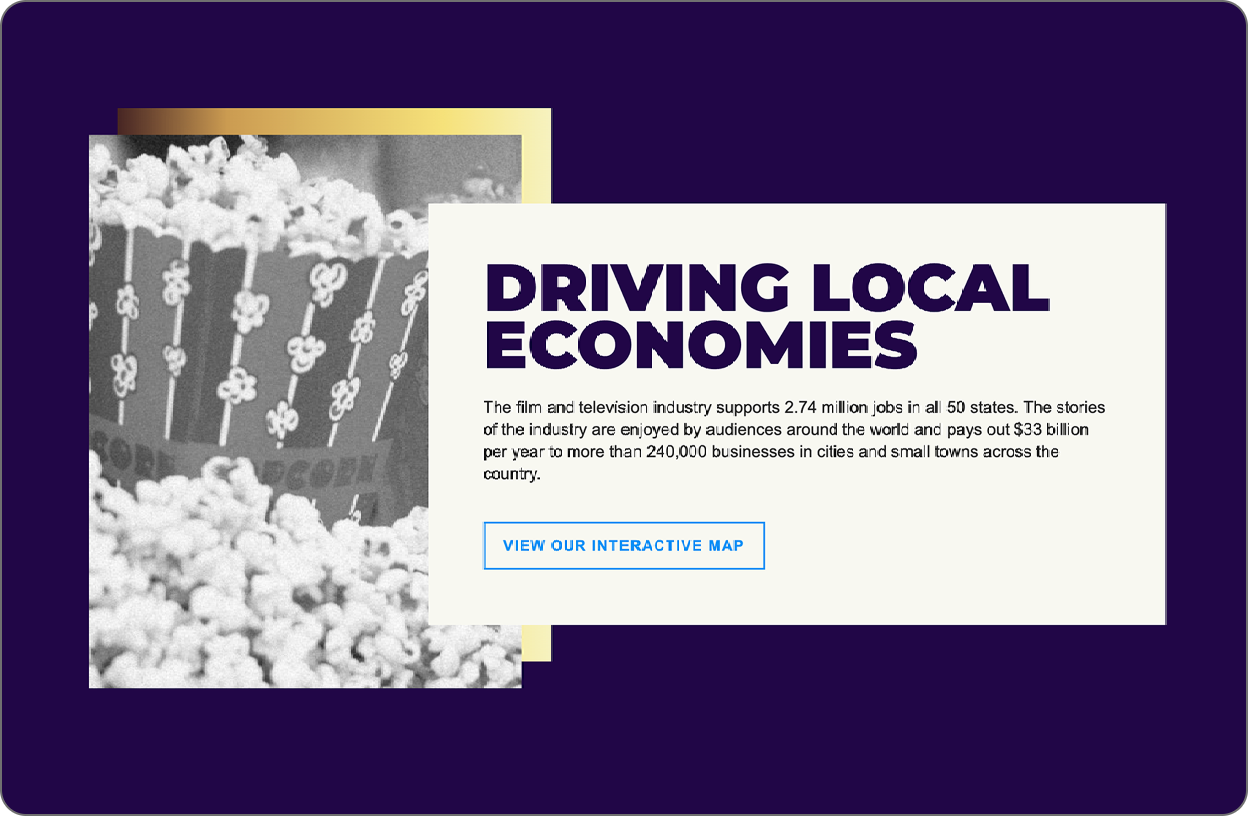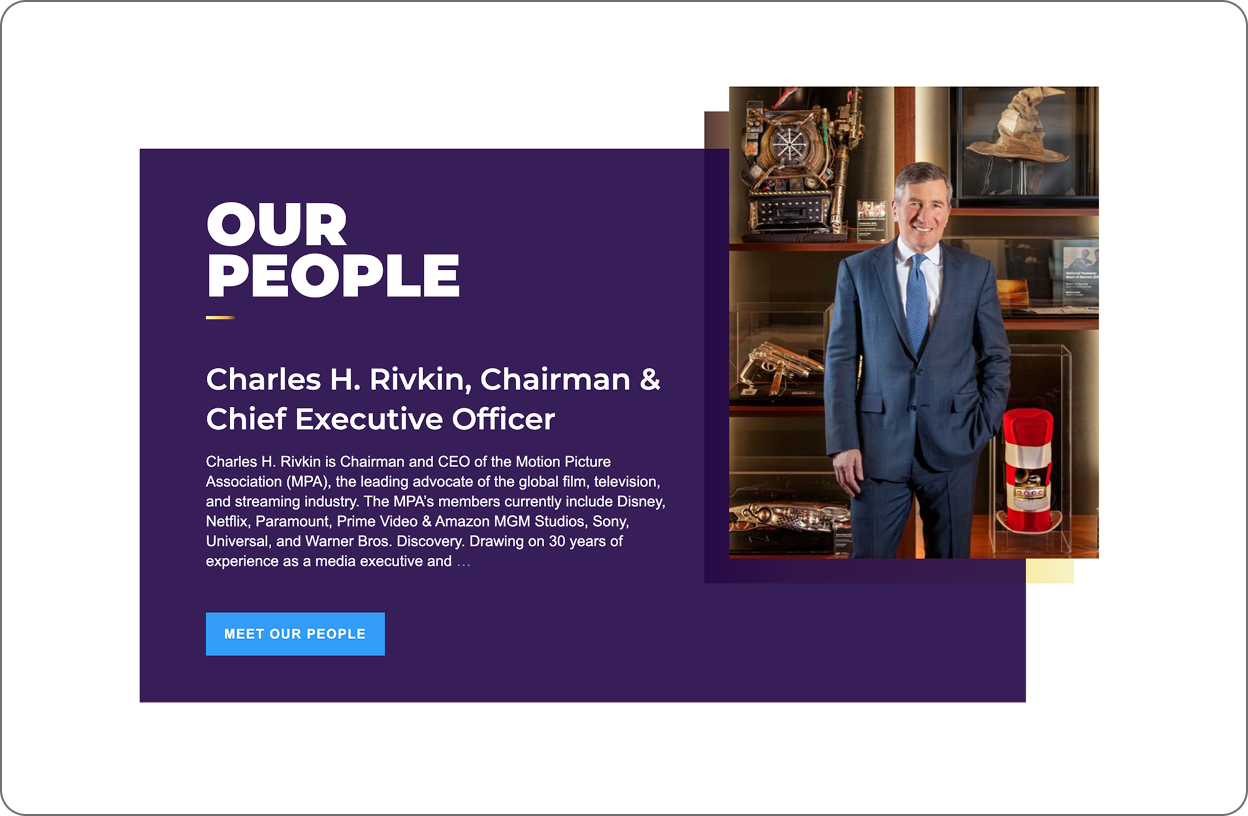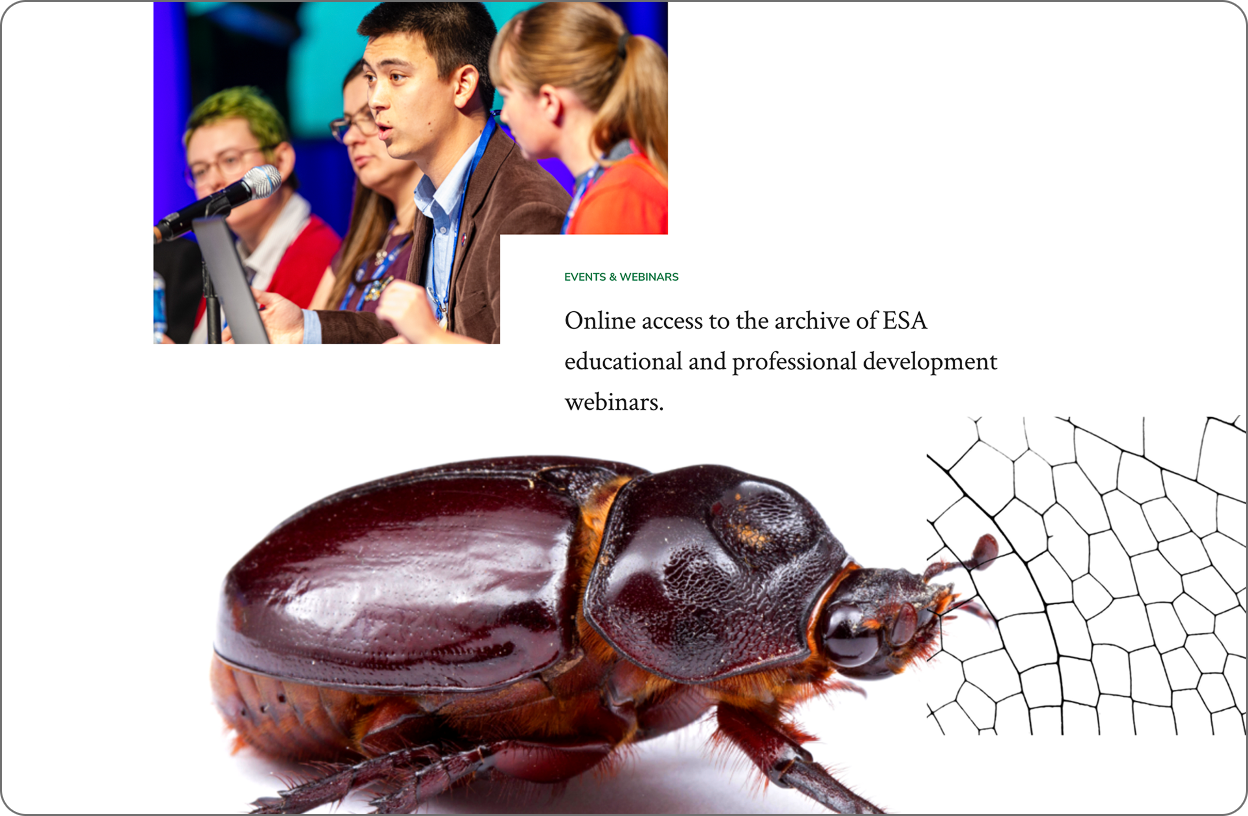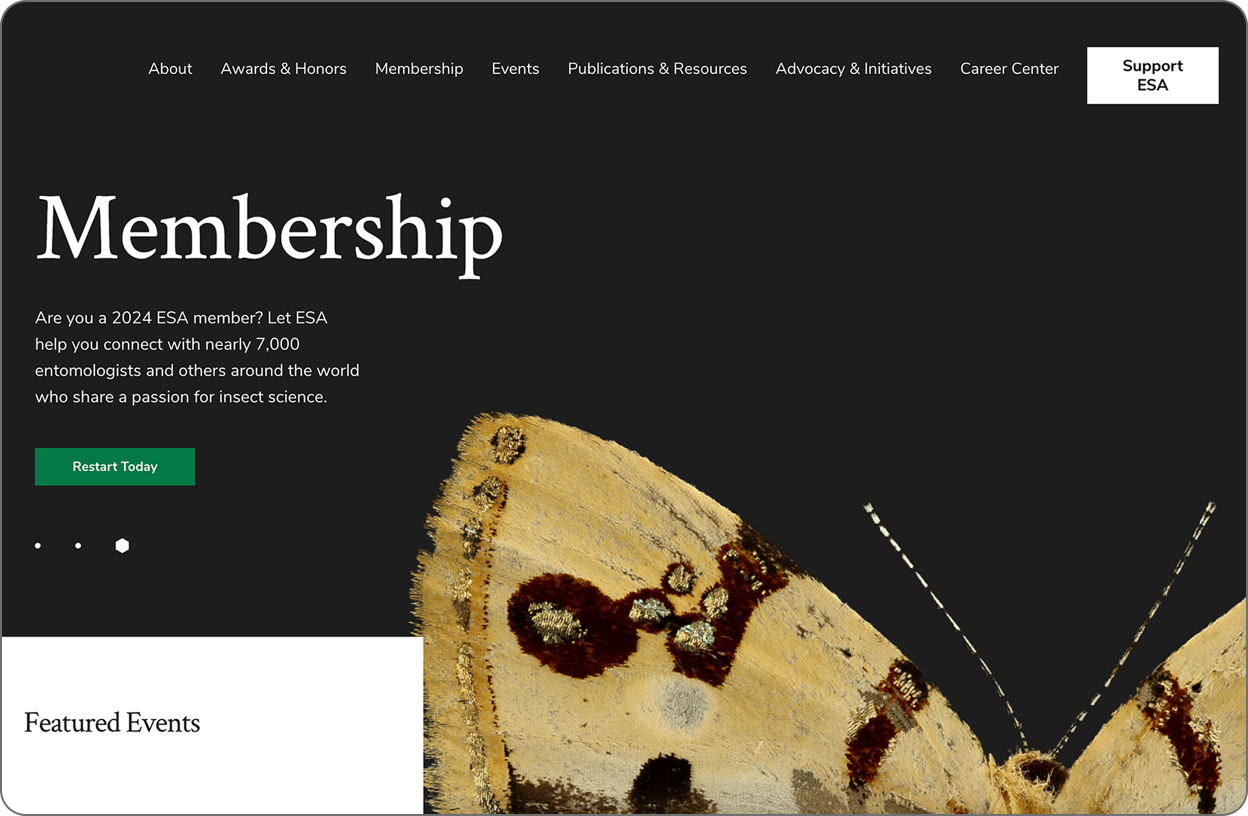Your Association’s Anniversary Isn’t About the Past — It’s About What’s Next
Milestone anniversaries are a rare and valuable opportunity for associations to reflect on where they’ve been and, more importantly, where they’re going. When done well, they can energize your membership, reinforce your mission, and open up new conversations with sponsors and stakeholders. When done poorly, they can leave your organization looking dated, off-message, or worse, out of touch.
Too often, we see associations let these moments slip by with generic celebrations, confusing visuals, or a nostalgic tone that doesn’t reflect who they are today. The most effective celebrations connect your history to your future, root the messaging in your strategic direction, and engage your community in a meaningful way. Here’s how to get it right.
Make the Message About Your Future
Your anniversary isn’t just about looking back. It’s a chance to spotlight the progress your organization and your members have made together. Yes, honor the history. But make sure you’re framing it as a foundation for what’s ahead.
Start by grounding the celebration in your current mission and vision. What does this milestone say about the impact you’ve made? Where are you going next? A values or goal-based theme, rather than a date-driven one, will age better over the course of a year-long campaign and create deeper resonance.
- Use the past to validate the future. Show how your legacy supports your strategic direction.
- Celebrate members, not just the association. Highlight the role your community has played in getting you here and the role models who reflect where you’re going
- Keep the tone fresh and optimistic. You’re not a museum; you’re a movement.
This framing also makes your content more versatile. You can run the campaign throughout the year without it feeling stale, using the theme to anchor social posts, events, and member spotlights.
Let the Brand Do the Talking
It’s tempting to tweak your logo to mark a milestone but resist the urge. Your logo is one of your most recognizable assets; altering it (even temporarily) will dilute your brand. Instead, develop a standalone anniversary badge or seal that can live alongside your logo without competing with it.
A clean, separate badge that says “50 Years of (insert your value here)” or “75th Anniversary” communicates the moment clearly without diluting your identity. Think of it as a campaign element and not a temporary design change.
And remember, the badge isn’t just a visual, it’s a signal. It tells members and stakeholders, “We’re proud of where we’ve been. And we’re looking ahead.” Pair it with messaging that reflects your core values and forward momentum.
This same principle applies to tone and voice. Your anniversary campaign should feel like a natural extension of your brand, not a departure from it. Use your existing brand guidelines to inform your voice and visuals. If your brand guidelines aren’t robust enough to drive this process, you may need to explore an expanded brand system.
Activate the Moment
Once your messaging and visuals are aligned, bring the campaign to life across your channels. A thoughtful rollout can build excitement, re-engage lapsed members, and invite participation. This isn’t a one-and-done moment—it’s a chance to show up consistently with purpose.
Some ideas:
- Launch a microsite or landing page that tells your origin story and outlines what’s ahead.
- Use your legacy to reinforce your current mission. Show how past accomplishments have laid the groundwork for where you’re headed and why your work matters now more than ever.
- Host a member-generated content campaign. Ask for stories, reflections, or photos tied to the organization’s impact. Highlight stories that demonstrate your vision for the future.
- Feature long-standing and newer members side-by-side to show evolution and continuity.
Most importantly, invite your members into the celebration. The more your community sees themselves reflected in the anniversary, the more powerful and personal the campaign becomes. This is an opportunity to strengthen loyalty and pride.
Make It Last
Don’t let the celebration end with a party or press release. Plan ahead to extend your content’s life and ensure it serves a purpose after the milestone moment passes. Your anniversary can create a content library that works for years to come.
- Repurpose stories, videos, and graphics into evergreen content.
- Use member testimonials in recruitment or fundraising materials.
- Turn historical content into educational tools or onboarding materials.
- Keep the anniversary badge on key materials throughout the year to extend visibility.
You might even tie the celebration to a campaign or initiative, whether a new member drive, a capital campaign, or a refreshed strategic plan. That way, the anniversary isn’t just a celebration of the past. It’s fuel for your next move.
Make It Count
Your anniversary is more than a date. It’s a strategic opportunity. Use it to celebrate where you’ve been and, more importantly, signal where you’re going. Ground the message in your mission, respect the integrity of your brand, and invite your community into the celebration. When done right, a milestone isn’t a look back. It’s a powerful step forward.
Themed vs. Evergreen Event Branding: Which Approach Fits Your Association?
Events are a critical touchpoint for associations, serving as a revenue stream and a platform for meaningful engagement. A well-executed event brand and theme can transform an annual gathering from just another date on the calendar into a must-attend experience. It establishes an emotional connection with attendees, communicates the organization’s values, and sets the stage for long-term engagement.
Associations often face the challenge of balancing tradition with innovation. How do you keep an event fresh each year without losing its identity? Effective branding provides the answer, ensuring consistency while offering room for creativity and evolution. A strong event brand not only drives attendance and sponsorship but also reinforces the organization’s identity, helping to foster deeper member connections and long-term loyalty.
Before exploring the two primary branding approaches, it’s important to understand what we mean by a ‘theme’ in event branding. A strategic theme is not just decorative but should connect to your organization’s identity, values, and audience interests. With that in mind, let’s explore the key strategies for branding your events.
Themed Event Branding
In themed event branding, the event’s visual identity changes entirely each year based on a new theme. Think of it as giving your event a fresh coat of paint annually, designed to excite and re-engage your audience. While this strategy generates renewed buzz and attracts returning attendees, it can also create challenges in maintaining long-term brand consistency and audience retention. Organizations must balance the excitement of a fresh theme with the need to reinforce an event’s value and identity over time.
Pros:
- Keeps things fresh
A new look each year creates excitement and signals something new to attendees. - Encourages attendance
A distinct theme can highlight what’s different and unique about this year’s event. - Offers creative flexibility
A new theme allows dynamic marketing campaigns to align with current trends and audience interests.
Cons:
- Higher costs and effort
Creating a brand from scratch each year demands more time and resources. - Potential misalignment
The theme can impact attendance and engagement if it doesn’t resonate with attendees.
Best For:
- Long-standing events with an established audience that already understands the event’s core value.
- Organizations looking to keep a fresh, dynamic appeal to returning attendees.
Evergreen Event Branding with Annual Themes
An evergreen event brand with an annual theme approach establishes consistency that builds year after year while integrating annual themes to keep things relevant. It should align with the association’s mission statement and long-term strategic goals by reinforcing key values, fostering brand recognition, and ensuring continuity in messaging. Maintaining a steady identity while adapting to industry trends helps associations build stronger relationships with their members in the long run.
Pros:
- Builds brand equity
A consistent event identity strengthens recognition and trust over time. - More efficient marketing
Evergreen elements can be reused, reducing design and production costs. - Supports long-term storytelling
Allows for themes that align with organizational values. - Facilitates early marketing
Core branding elements enable save-the-dates and sponsorship outreach before finalizing the year’s theme.
Cons:
- Requires upfront investment
Establishing a strong evergreen brand takes strategic planning and initial design resources. - Risk of stagnation
If the evergreen branding isn’t periodically refreshed, it can feel stale. Small updates to the design system can help keep things exciting. - Negative Brand Perception Carryover
If one year’s event underperforms, the association with past experiences can hurt future attendance. Address attendee concerns directly and make visible improvements.
Best For:
- Organizations building or re-establishing the reputation of their event.
- Events that benefit from strong brand continuity and long-term audience trust.
Choosing the Right Approach
If your event has an established audience and thrives on fresh, dynamic appeal, an annually themed approach can keep things exciting while reinforcing its core value. For organizations building or re-establishing an event’s reputation, an evergreen brand offers long-term consistency while allowing room for creative variation.
Evaluating the best event branding strategy requires a deep understanding of your audience, organizational objectives, and long-term vision. Start by assessing how your current event branding is perceived—does it generate excitement and recognition, or does it need a refresh? Conducting surveys, reviewing attendance trends, and analyzing sponsorship retention rates can provide valuable insights.
Regardless of the approach, well-executed event branding fuels marketing, drives attendance, and enhances sponsorship opportunities. If you’re unsure about the best strategy for your event, a thoughtful discovery process—and expert guidance—can help you make the right decision.
Separating Good from Great: 3 Examples of Standout Association Websites
Your association website acts as both the first impression of your organization as well as its primary point of contact for current and prospective members. In terms of enabling your organization to achieve its goals, redesigning your website is a high-stakes undertaking.
As you plan for your new website, you may struggle to articulate exactly what elements transform an association website from merely good to truly great. To provide some inspiration, we’ve surveyed the field of member-focused organizations in search of examples of impressive website design. Though each of the websites we’ve chosen has a distinctive focus, all three share a similar trait: Each one is built from strategic decisions that enhance their message and enable them to form a stronger connection with their members. But first: What makes these websites so successful?
Keys to a Cohesive Association Website
A truly effective website doesn’t just tell your story – it communicates who you are and who you serve. By bringing the following elements into alignment, you create a cohesive user experience that resonates with your audience and reinforces your brand identity.

Content: Confirming Your Brand Identity
Your website’s content should provide proof of your value. From the hero image on your homepage to your resources section, every component should work together to communicate who you are and what you stand for.

Navigation: Expressing Organizational Priorities
The elements of a website’s navigation function as a reflection of what matters most to your association. The terms chosen and how they are organized communicate your priorities to your members and search engines.

Design: Delivering Your Association’s Message
Cohesive design strengthens your messaging by creating a seamless user experience. Every design choice should support your brand identity and engage your audience. A well-designed site organizes information effectively, instilling confidence in users that they’re in the right place.
3 Examples of Successful Association Websites
An effective website does much more than inform your users. It’s a powerful tool for member retention and recruitment that communicates your organization’s story and delivers on the value of membership.
We should note one important caveat. Evaluating a website’s effectiveness requires an understanding of how well it’s designed, built, and maintained to meet specific goals, serve particular audiences, and address unique needs.
Since we didn’t design or create the websites reviewed here, we don’t have insight into the objectives or strategies behind them. However, by drawing on our design expertise and analyzing the visible content, we’ve highlighted these standouts to offer valuable inspiration. Additionally, we’ve suggested areas for improvement, recognizing that every website has room to grow.
1. American Institute of Architects (AIA)
AIA offers a sleek, hardworking website that feels effortless. With its minimalist design and clean grids, it speaks directly to architects. The layout balances compelling marketing and valuable content, all working seamlessly together. Every element is thoughtfully crafted to showcase the value of membership, engage members with useful resources, and effectively represent the industry and organization. AIA doesn’t just tell you who they are—their website shows you.
2. Motion Pictures Association
The Motion Picture Association’s website effectively captures the essence of the film, television, and streaming industry around the world while clearly communicating its mission. Strong visuals, focused content, and a clean design engage members and reflect the organization’s professionalism. This simple website delivers an immersive and streamlined experience.
3. Entomological Society of America (ESA)
The Entomological Society of America’s website is dynamic and engaging. It showcases entomology through vibrant visuals while providing essential professional resources. The site effectively functions as both a member recruitment tool and an educational resource, reflecting the organization’s commitment to serving the professional and scientific needs of entomologists.
Crafting a Website That Elevates Your Association
A great website isn’t just a digital brochure. It’s a powerful communication tool for expressing your value and delivering member benefits.
Creating a website that truly resonates with your members and expresses your association’s story goes beyond aesthetics. It’s about strategically aligning your content, navigation, and design to deliver a cohesive message that speaks directly to your audience.
By understanding which strategies work well (and a few that don’t), you’ll be better prepared for your next website project, one that serves your current members while attracting and inspiring the next generation. If this kind of website redesign will benefit your association, we’d love to help you get started.


